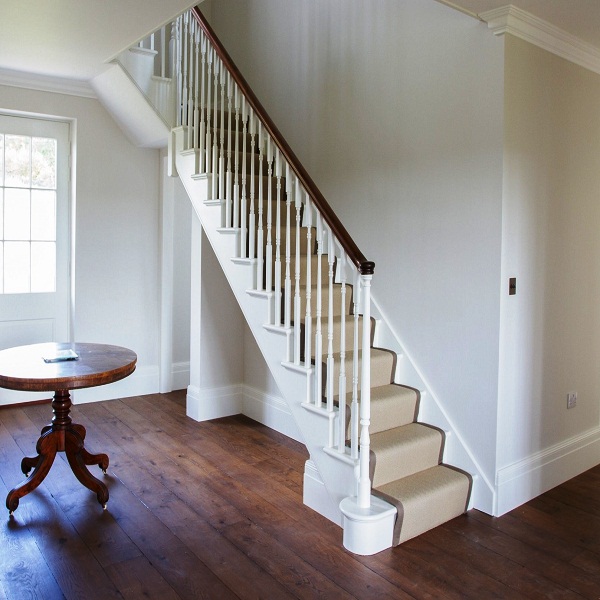Researchers at the University of California, Berkeley have developed a set of tools that can automatically identify characteristics of buildings and detect the risks that a city’s structure would face in the event of an earthquake, hurricane, or tsunami.
“We want to simulate the impact of hazards on all the buildings in a region, but we don’t have a description of the building attributes,” Wang explained. “For example, in the San Francisco Bay Area, there are millions of buildings. Using AI, we can get the needed information. We can train neural network models to infer building information from images and other sources of data.”
BRAILS uses machine learning, deep learning, and computer vision to extract information about the built environment. The researchers envision it as a tool for architects, engineers, and planning professionals to plan, design, and manage buildings and infrastructure systems more efficiently.
The basic BRAILS framework automatically extracts building information from satellite and ground-level images drawn from Google Maps and merges these with data from several sources, such as Microsoft Footprint Data and OpenStreetMap – a collaborative project to create a free editable map of the world. The framework also provides the option to fuse this data with tax records, city surveys, and other information, to complement the computer vision component.
“Given the importance of regional simulations and the need for large inventory data to execute these, machine learning is really the only option for making progress,” said SimCenter principal investigator and co-director Sanjay Govindjee. “It is exciting to see civil engineers learning these new technologies and applying them to real-world problems.”
After developing and testing the accuracy of these modules individually, the team combined them to create the CityBuilder tool inside BRAILS. The researchers said inputting a given city or region into CityBuilder can automatically generate a characterisation of every structure in that geographic area.

Visualisation of the percentage of a building’s repair cost to its replacement value after a magnitude 7.0 earthquake in San Francisco.
Wang and his collaborators performed a series of validation demonstrations – testbeds – to determine the accuracy of the AI-derived models. Each testbed generates an inventory of structures and simulates the impact of a hazard based on historical or plausible events. The team has created testbeds for earthquakes in San Francisco, as well as for hurricanes in Lake Charles, Louisiana, the Texas coast, and Atlantic City, New Jersey.
“Our objectives are two-fold,” Wang said. “First, to mitigate the damage in the future by doing simulations and providing results to decision- and policy-makers. Second, to use this data to simulate a real scenario – instantly following a new event, before they deploy the reconnaissance team. We hope near-real-time simulation results can help guide emergency response with greater accuracy.”
To train the BRAILS modules and run the simulations, the researchers used supercomputers at the Texas Advanced Computing Center (TACC) – notably academic supercomputer Frontera, and Maverick 2, a GPU-based system designed for deep learning.
BRAILS/CityBuilder works with the SimCenter Regional Resilience Determination (R2D) tool, a graphical user interface for the SimCenter application framework for quantifying the regional impact from natural hazards. Its outputs include the damage state and the loss ratio – the percentage of a building’s repair cost to its replacement value – of each building across an entire city or region, and confidence in the prediction.
“The hazard event simulations – applying wind fields or ground shaking to thousands or millions of buildings to assess the impact of a hurricane or earthquake – requires a lot of computing resources and time,” Wang said. “For one city-wide simulation, depending on the size, it typically takes hours to run on TACC.
“To make our communities more resilient to natural hazards, we need to know what level of damage we will have in the future, to inform residents and policymakers about whether to strengthen buildings or move people to other places. That’s what the simulation and modelling can provide. All to create a more resilient built environment.”
Source: E&T










